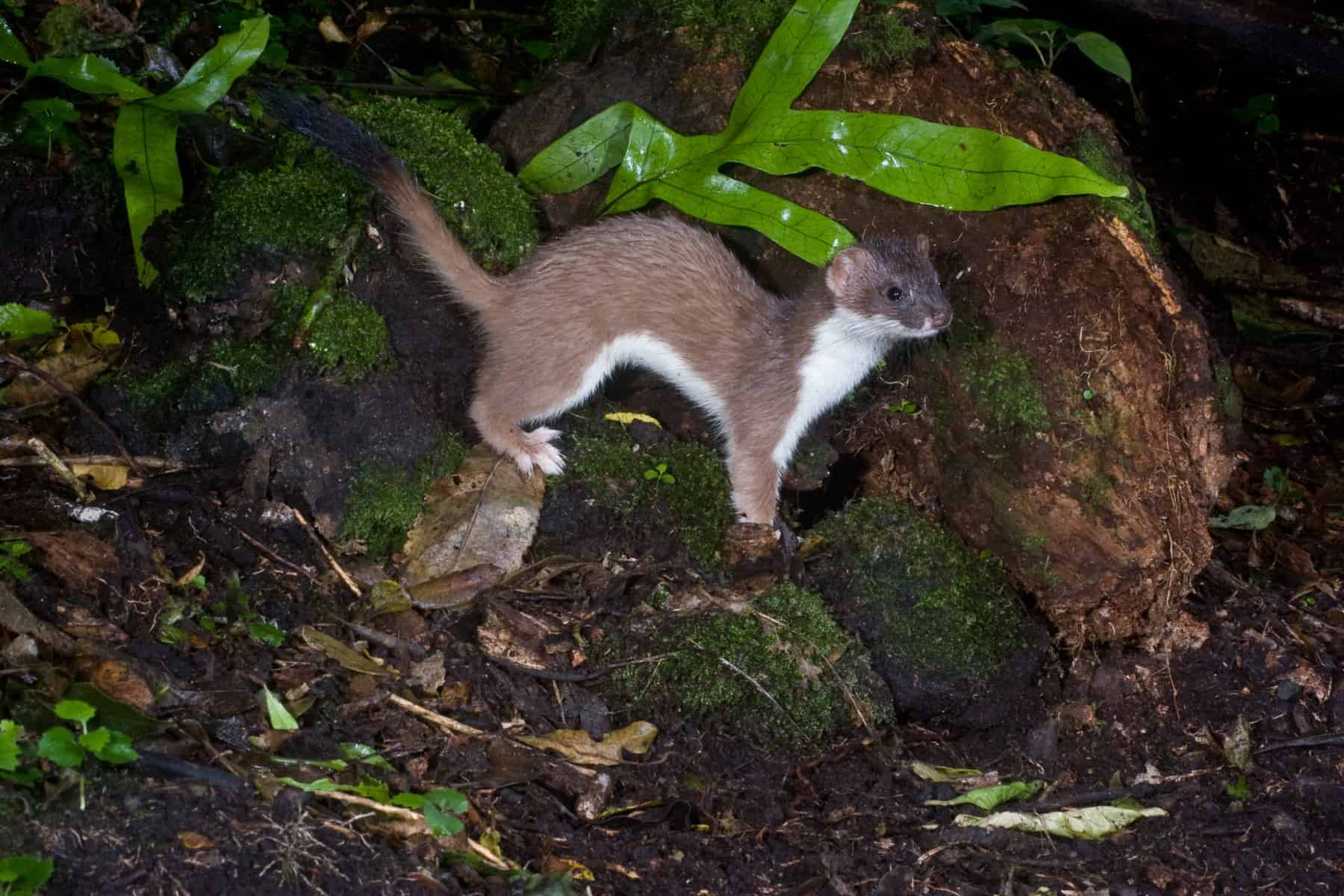BioHeritage has helped fund the development of a free, user-friendly online application, TrapSim Plus, predator control. The simulation tool was recently launched to enable smarter, more cost-effective decision-making and allows land managers and communities to compare scenarios in planning and designing ground-based predator suppression control.
TrapSim Plus is the culmination of four years of collaboration between wildlife (and social) scientists at Manaaki Whenua Landcare Research and the University of Canterbury. By simulating real-world situations to show the likely outcomes from different control methods and levels of effort, users can work out the cost and benefits of each approach, says project leader, Dr Chris Jones, a wildlife biologist at Manaaki Whenua. “We know that all predator control initiatives nationwide, with limited resources, face the challenge of choosing which control methods and how much effort to use.”
“One of the advantages of TrapSim Plus is that users can compare different regimes, such as combinations of devices, taking into account factors such as the type of predator targeted, the level of previous control and the duration of the programme. The model adds scientific rigour to any decision about how to best invest resources to maximise the effectiveness of predator control.”
Another advantage is that while science underpins the model, users don’t need to be scientists or know about wildlife modelling to use TrapSim Plus, says Jones. “The online practical tool is easy to use, and it can be used by non-experts for local, community projects as well as larger-scale operations to compare the relative costs and effectiveness of different predator control programmes.”
Jones says TrapSim Plus not only shows the cost to achieve a specific project goal, but it can also be used by predator control projects or funders to estimate what is realistically achievable given the level of funding available. The model can rank each option, show how much effort is required to control target species, and the feasibility and cost-effectiveness of each option. “The tool isn’t designed to predict the exact number of individual predators remaining after a control programme. But it does help understand a system and gives insight when comparing the relative effectiveness of approaches, which ultimately helps guide managers and communities in their decision-making.”
TrapSim Plus can be used by landowners and land managers, trapping groups, community predator-control groups, mainland sanctuaries, forest regeneration projects, conservation organisations and schools.
With the ambitious quest to rid New Zealand of seven mammalian predators by 2050, the new tool can be used to plan predator control initiatives as well as fine-tune operations aimed at reducing possums, rats, stoats, ferrets, and weasels.
